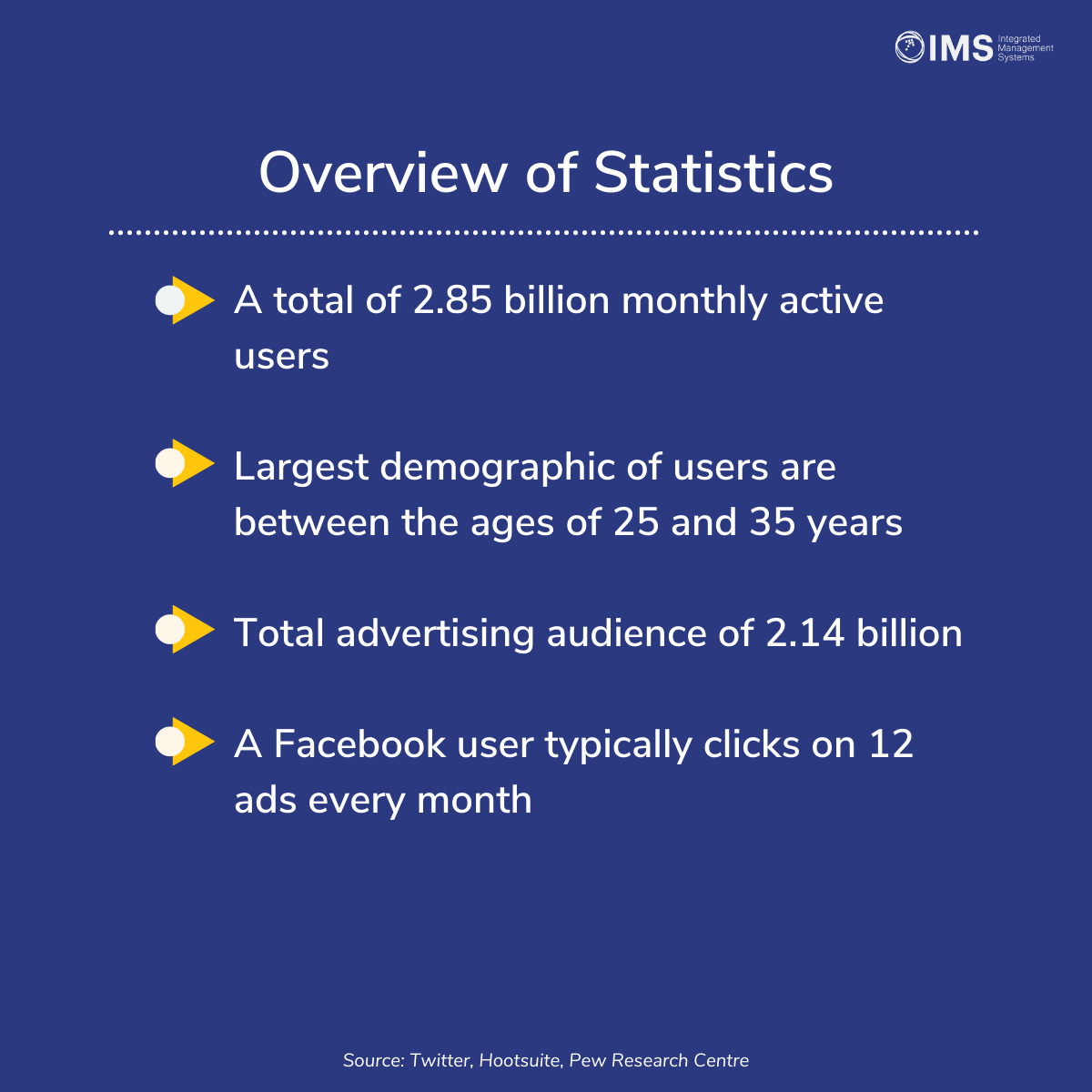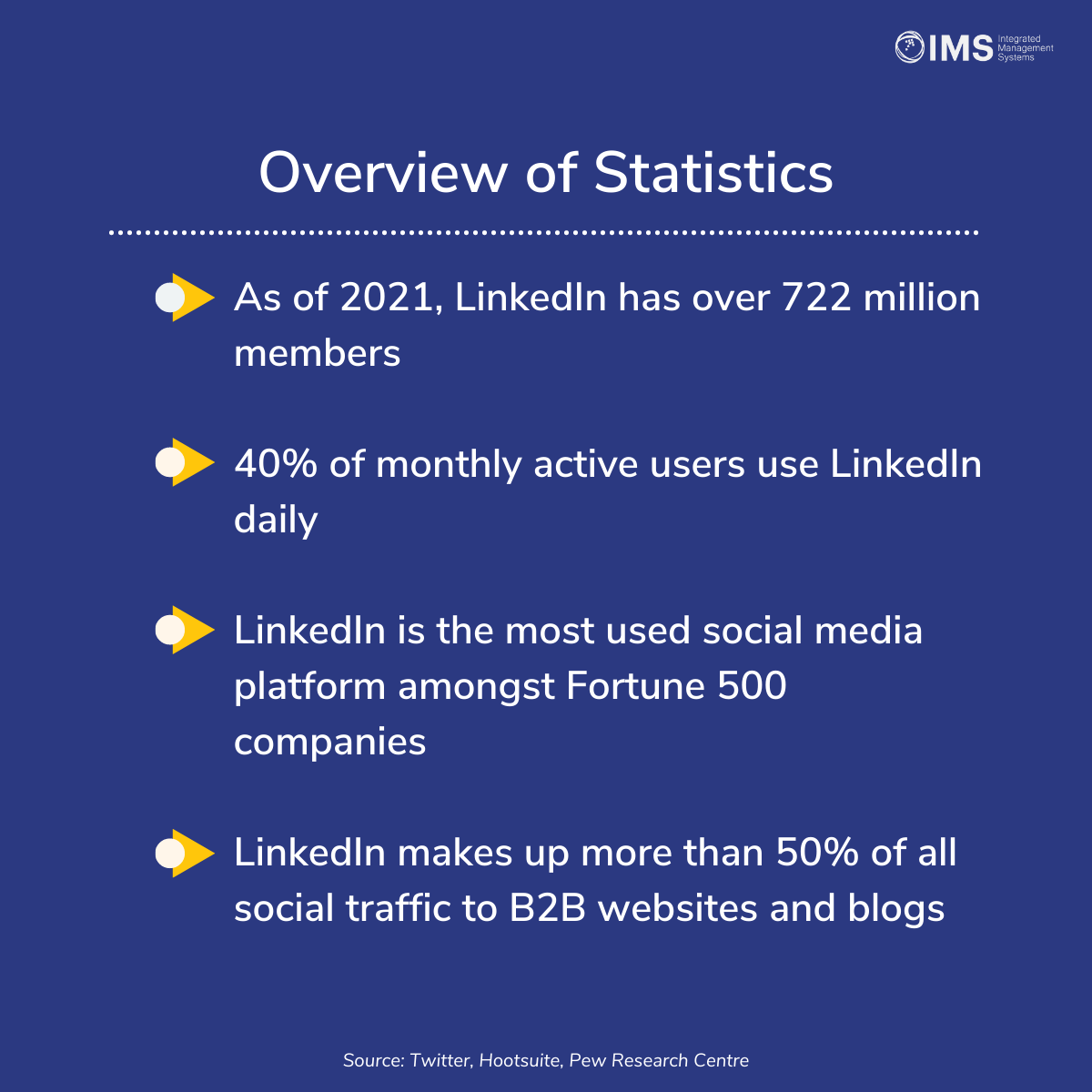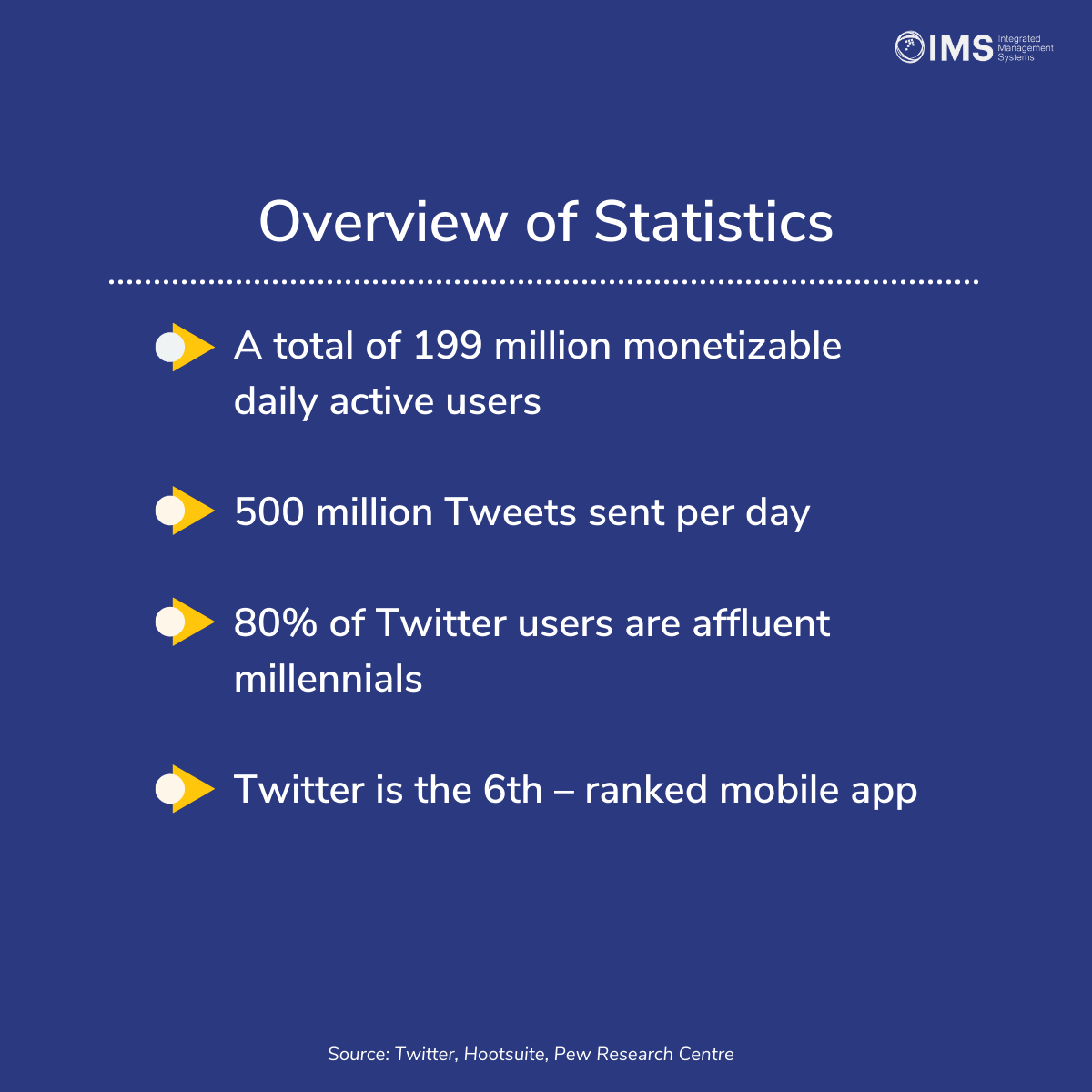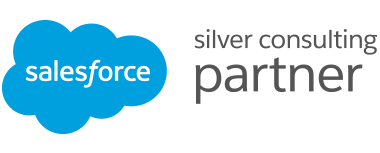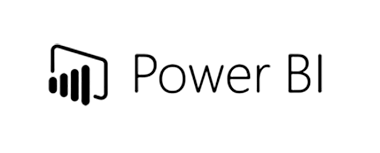Very few businesses today can grow successfully without engaging in social media. Reports show that there are 4.48 billion social media users globally – it has indeed become one of the shaping technologies of our time.
As a multifaceted revolution, companies must decipher which platforms cater to their niche to leverage these online platforms properly. Whether you choose to create a presence across all networks or limit to a few, without the proper understanding, you risk joining the numerous businesses that have spent sizeable budgets and resources, only to see slim returns on their investment.
The rate of social media infiltration into the lives of internet users continues to accelerate every year. Over the last two years, user numbers have increased by more than 28% percent in response to the global pandemic, as widespread lockdowns meant that more people had more time at their disposal.
Tech.co recently shared growth statistics on the eight popular social media platforms:
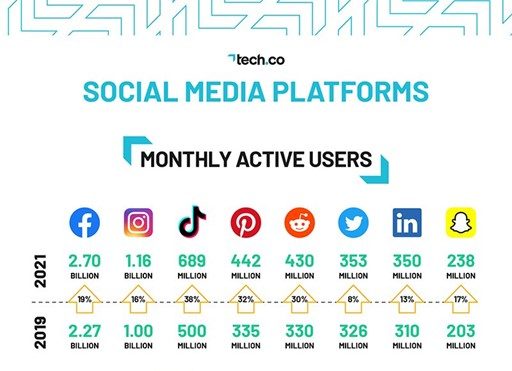
Do you recognize every logo above?
The infographic highlights the fact that there are many applications to choose from. When a company is launching or is new to the digital space, it is not surprising that they find themselves questioning which platforms are best suited for them:
- What channels are going to help meet business objectives?
- What channel will enable the most significant impact?
- What will deliver the best ROI?
Our two-part social media insight series aims to be void of excessive statistics and impractical information. Instead, we hope to hone in on the widely used platforms and provide a comprehensive understanding of each.
While Facebook may not be instantly recognizable as the first social media platform to go for, it is still the most robust. Considering that there are over 2 billion active users, the platform opens the largest gateway to access 25% of people worldwide.
Key Features
1. Online advertising
Now it is not to say that your brand will be targeting every single user, but it is a definite advantage to know that there is such a large pool of people available. Especially when you consider how particular Facebook’s paid ads program is, their incredible targeting abilities are sure to win over businesses looking for more manageable lead qualifying tools.
2. Create your business presence
A function that can assist B2C brands in engaging with their prospects is Facebook Business pages. It drives brand awareness by informing potential customers how your product or service is beneficial to them and enables you to showcase company details, features, and offers.
3. Messenger platform
If you are looking to extend your sales and customer service initiatives, Facebook Messenger is your answer. The in-app bots can nurture your leads via AI-powered chat sequences, resulting in seamless customer service experiences.
Case Study: Cross-Cultural Content with Future Lab
Many marketers have noted that they can better prepare for their campaigns and accurately measure them thanks to Facebook Pixel features that provide a wealth of real-time insights.
This held particularly true for Future Lab, a Taiwanese lifestyle brand looking to capture a new audience of Thai consumers. To figure out which content ideas would deliver sales growth and successful market penetration, they conducted a ‘three-cell conversion lift’ test via Facebook Pixel. The three cells were divided into:
- Brand-created content
- Content in partnership with local Thai influencers
- A mix of both
As a result of instrumenting the tracked data effectively, the campaign could be tailored to accomplish the overarching goal of resonating with the Thai audience.
Additionally, the campaign’s success was reiterated by the CEO of Future Lab’s Testimonial below:
“Thailand is a leading Southeast Asian market. Our learnings and successes here are crucial to Future Lab’s continued growth as a business. With support from Facebook, they discovered that local influencers could play an important role in driving business impact with the right budget allocation. Taking these insights, we look to replicate these successful results in other markets.”
Duo Duo Liang
Founder & CEO, Future Lab
Challenges & Limitations
With recent updates on Facebook’s Algorithms, the newsfeed focuses more on content shared by friends and family and less on public and sponsored content. This upgrade suggests that your ads will not be as prevalent or show up as often as you may hope.
Another limitation of Facebook is to what degree is this channel favorable to all businesses?
Social media reports indicate that 75% of users on Facebook are over the age of 25; therefore, the platform is deemed more suitable for B2C businesses in the fashion, entertainment, health, and news industries.
These statistics make it undoubtedly clear that LinkedIn is one of the biggest powerhouses of social media.
The channel is prominent for being the most professional social network, and it stands as a staple platform for B2B audiences finding potential vendors, customers, and business partners.
Not to mention, a LinkedIn marketing survey found that 55% of decision-makers used thought leadership to vet companies. Those who wish to grow their business in such a way should certainly post blogs, articles, and visuals on the platform. It is a great way to showcase your grasp, establish authority, and carve out your niche on social media.
Key Features
1. Lead generation
LinkedIn Marketing Solutions targets quality audiences within a professional context, which is perhaps what differentiates it from other advertising solutions. Features like Matched Audiences, Company/Contact Targeting, and Account Targeting speak to how well-catered and dedicated this website is to generating quality leads.
2. Networking
LinkedIn is highly advantageous because of its networks. Those businesses that rely heavily on building a rapport with probable clients will benefit from its directory of C- suite executives.
Case Study: Success with ABN AMRO
LinkedIn’s precise targeting tools were tremendously helpful for ABN AMRO and its “Visions for Industries” campaign. The platform’s targeting competencies enabled the brand to tailor its campaign approach and connect with well-defined target audiences.
Pre-campaign, ABN AMRO faced challenges such as:
- Establishing the brand as an industry expert
- Driving traffic to their Insights page
- Creating a stronger brand image for ABN AMRO’s corporate banking sector
So how was LinkedIn beneficial in overcoming these challenges?
The platform was instrumental in the testing and optimizing phase of their posts. This was critical as it resulted in relevant content being placed in front of the right audiences.
Consequentially, the campaign successfully drove more than 40,000 visitors to their Insights page and achieved a clickthrough rate that was twice more than the industry standard.
Challenges & Limitations
Whilst LinkedIn offers access to high-value audiences; it can come with a steep price.
Unlike other social networks, LinkedIn Ad campaigns require a minimum daily budget of 10 US dollars, and at first glance, this may not seem unreasonable. Still, it can be quite a challenge for businesses that have shoestring budgets.
Moreover, if your business follows the B2C model and attracts a range of buyers, advertising on LinkedIn may be futile. Without a doubt, the platform has exceptional targeting features. However, the audiences on the platform are firmly focused on business growth and employment. Therefore, an enterprise looking to sell consumer goods and services may not meet its conversion targets simply because the audience will not be as receptive.
Twitter is unique in its way. This platform is not known for its ability to enhance interpersonal relationships virtually but to break news and strong opinions in a fast-paced manner. Most businesses have expressed their lack of involvement with Twitter due to its controversial nature. Nonetheless, it can be a great tool to engage with other users and brands within your industry.
Key Features
1. Optimize campaign performance
Twitter offers advertising options but with a twist. Irrespective of what your marketing goal is, you only pay for the campaign’s performance. In doing so, they are shouldering some of the risks and focusing on delivering results for your brand.
2. #Hashtag culture
The proliferation of Twitter hashtags is commendable, it has propelled other platforms like Facebook, Instagram, and Google to experiment with them. It can expand your reach beyond your followers, and anyone interested in your selected hashtag phrase or keyword. To show you just how influential a hashtag can be, consider the example shared below.
Case Study: A Platform Used for Purpose
When the world was confronted with the COVID-19 pandemic, Twitter was not only responsible for providing and helping individuals find reliable information online but providing brands that wanted to place purpose before profit, a platform.
Take, for example, the #MoveWhatMatters campaign with Uber. The objective of this initiative was to support those most impacted by the crisis (restaurants, food banks, hospitals) and offer them 10 million free rides and food deliveries. Through viral and powerful retweets, videos, and images, Uber raised awareness about the hashtag and encouraged people to stay home.
The campaign generated overall positive sentiment while successfully providing the promised rides and deliveries. When there was a wave of uncertainty and brands struggled to cope with consumer expectations, Uber experienced the highest impression score to date.
Challenges & Limitations
The only downside for most advertisers is that Twitter appears to be the weaker platform given its smaller reach compared to other social media sites. However, industry reports reveal that those within the finance, travel, technology, and retail industry could expect to see favorable results and even greater returns on their advertising spends.
Questions To Ask Before Building a Social Media Strategy
Before concluding part one of our social media series, we want to underscore the importance of aligning your social media plan with broader business goals. A lack of equilibrium between the two can result in wasted time, wrong metrics put in place, and weak traction with your target audience.
Below are some of the fundamental questions you need to ask before devising your social media strategy:
- What are your goals?
This question will help determine what you are trying to achieve by engaging in social media and, more specifically, give you guidelines and structure for the content of your posts.
- Who is your target audience?
The more clarity there is when answering this question, the easier it will be to publish impactful, value-adding content that bridges your brand and audience.
- What tools will you need, and how will you measure performance?
It is imperative to know what types of software you will need to invest in to monitor performance. As a digital transformation agency, we strongly advocate for data to feed into the decision-making process. Hence, confirming KPIs should be a crucial part of your business’ growth strategy. A data-driven approach will provide you with greater transparency, accountability, and consistency for business growth at scale.
Are you looking to expand into the complex, dynamic world of social media?
Contact IMS today to find out how our social gurus can help.



